Sample information |
|
| Picture |
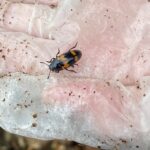
|
|---|---|
| Location | |
| Collection date | 09/24/2020 |
| Captive / Cultivated? | Wild-caught |
| Group | Hillsboro High School |
| Observations | The Red-banded Fungus Beetle was living in a tree stump with many of its same variety. I collected 5 of these. It was completely submerged in the wood, which was damp. It’s overall environment was dark. It was collected at 5:30 pm and the temperature outside was about 70 degrees. |
| Putative identification | Arthropoda Insecta Coleoptera Erotylidae Megalodacne |
Methods |
|
| Extraction kit | Puregene (Qiagen) |
| DNA extraction location | Partial abdomen |
| Single or Duplex PCR | |
| Gel electrophoresis system | Standard electrophoresis system |
| Buffer | TAE |
| DNA stain | |
| Gel images |
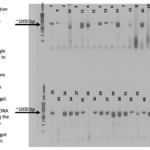
|
| Protocol notes | The beetle had a lot of protein, which was noted during the processing. I assume that this fact may have something to due with the way that the bands appeared. They were very faded and some bands did not appear at all. Along with that, Ms. Lemon mentioned how the hard exoskeleton of the beetle made the gel electrophoreses process a tad bit difficult, so therefore that is more than likely another reason that the bands had trouble appearing. |
Results |
|
| Wolbachia presence | No |
| Confidence level | Low |
| Explanation of confidence level | I don’t have a broad understanding of this insect and it’s rate of Wolbachia positivity, so I do not feel like I have the means for a high level of confidence. |
| Wolbachia 16S sequence | |
| Arthropod COI sequence |
|
| Summary | The Megalodacne was found to be negative for Wolbachia. |
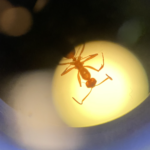 Formica Pallidefulva
Formica Pallidefulva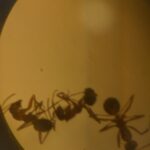 Formica Pallidefulva
Formica Pallidefulva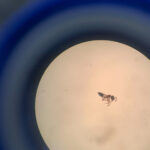 Ant
Ant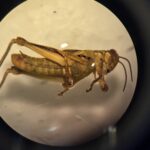 Differential Grasshopper – Melanoplus differentialis
Differential Grasshopper – Melanoplus differentialis Pill Bug (Armadillidium vulgare) – Draft
Pill Bug (Armadillidium vulgare) – Draft